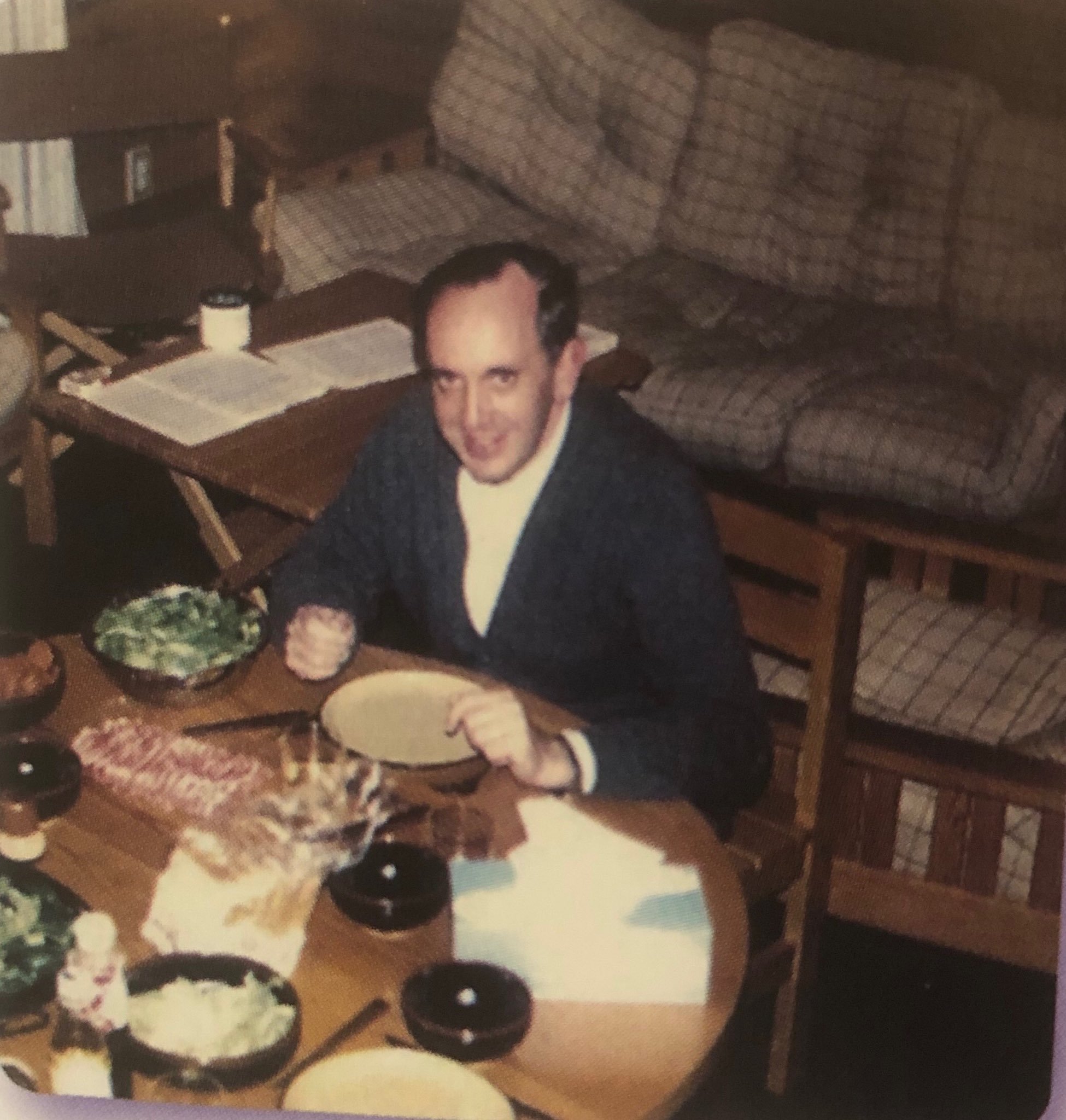Father Adolfo Nicolas, who was Superior General of the Society of Jesus between 2008 and 2016, returned to Japan after his “retirement.” This Tuesday morning, November 26, 2019, he met Pope Francis at the Residence for Elderly and Sick Priests, and at Tokyo’s University of Sophia.
Previously, Pedro Arrupe, another “General” of the Society of Jesus, also chose Japan.
Pope Francis multiplied his gestures of compassion throughout his sojourn in Japan, with victims of the two atomic bombs, with those rescued from the “triple disaster” of 2011 and with the victims’ families and, again this morning, with elderly and sick priests at the University of Sophia, where he celebrated Mass with the Jesuits.
 Crossed Destinies
Crossed Destinies
Father Adolfo Nicolas, a Spanish Jesuit slightly older than the Pope (he was born in April of 1936 and the Pope in December of 1937) was sent to Japan at his request while he was a young Jesuit in Spain; a request that was refused in Argentina to young Father Jorge Mario Bergoglio, for health reasons. He had just had an operation.
The Pope told the Japanese Bishops that he then sought his “revenge” by sending five young Jesuits of Argentina to Japan. He was then Superior of the Jesuits of that Province of the Society. Today, one of them — the “Provincial” of Japan, Father Renzo De Luca, accompanied the Pontiff during his trip as interpreter. He concelebrated Mass with the Pope this Tuesday at Sophia University
Father Bergoglio came to pay them a visit in Tokyo in 1987 and the photo of that event was in the booklet of this Tuesday morning’s meeting at the University.
 Father Nicolas Was Ordained Priest in Tokyo
Father Nicolas Was Ordained Priest in Tokyo
Father Adolfo Nicolas spent a whole year in Tokyo studying the Japanese language and culture. Beginning in 1964, he studied Theology at the same University of Sophia, where he met Pope Bergoglio today, November 26. And it was in Tokyo that he was ordained priest on March 17, 1967.
In 1969 he returned to Europe where he spent three years (1968-1971) studying at Rome’s Gregorian University for his Doctorate in Theology, with a thesis on the Theology of Human Progress.
On his return to Japan, Father Nicolas taught Systematic Theology, always at Sophia University. However, in 1978 he was appointed Director of the Pastoral Institute in Manila, the Philippines, where he stayed until 1984.
Once again in Japan, he was appointed Superior of Tokyo’s Community of Jesuit students (1991 to1993) before becoming Provincial Superior of Japan’s Jesuits, a post he held until 1999.
He then spent three years in a parish of Filipino emigrants and poor Asians of Tokyo, while continuing to teach Theology at the University. In 2004 he was the Moderator of the Conference of Jesuit Provincials of East Asia and Oceania.
Elected Superior General of the Jesuits in 2008, he tendered his resignation at 80 years of age in 2016.
 Father Arrupe in Hiroshima
Father Arrupe in Hiroshima
So he was able to return to Japan where another great Spanish Jesuit and Superior General left his mark on spirits — Father Pedro Arrupe.
Arrupe admired the Japanese’s “courtesy, delicacy and hospitality; their rectitude, honesty, discipline, self-control, patience and endurance; their capacity for work, for sacrifice and their proven resilience” in face of “life’s harshness,” trying “to penetrate the Japanese spirit, learning the complicated tea ceremony, calligraphy, the music of their theater.”
Having left for Japan in 1938, Father Arrupe (1907-1991) was appointed in 1942 director of the formation of novices at Hiroshima, on the Nagatsuka Hill.
He was there when the first atomic bomb fell on the city on August 6, 1945. He was a Doctor by formation. The Noviciate was four kilometers from the epicenter. He was unhurt. With his novices, who <only> had superficial injuries, he dedicated himself day and night to the wounded and the dying. The noviciate became for thousands of them a refuge: “Father Arrupe’s office became an operating table and his bedroom a waiting room where the cries of pain could not be contained.”
Father Arrupe would say: “Jesus’ Heart is more powerful than the atomic bomb” (in “Pray 15 Days with Pedro Arrupe,” Francois Becheau, ed., Nouvelle Cite Publishers, 2004).
Last August, at Hiroshima, Father Arturo Sosa, current “General” of the Society of Jesus, paid tribute to his “apostolic energy,” stressing the importance of his legacy.
He is considered by many, including non-Catholics, as a “saint, confided to Zenit the Catholic Japanese Almoner of the diocese of Paris, Shintaro Yuzawa.
Later, he was Provincial Superior of Japan’s Jesuits. However, he was elected Superior General in 1965 and remained so until 1983. His process of Beatification opened in Rome last February.
These two great Jesuits and the University of Sophia attest to the continuity and to the esteem and love of Japan manifested by the Jesuits from the beginning – Saint Francis Xavier landed at Kagoshima, under the sign of the Virgin Mary, on August 15, 1549 –, and by Pope Francis, since his youth.



